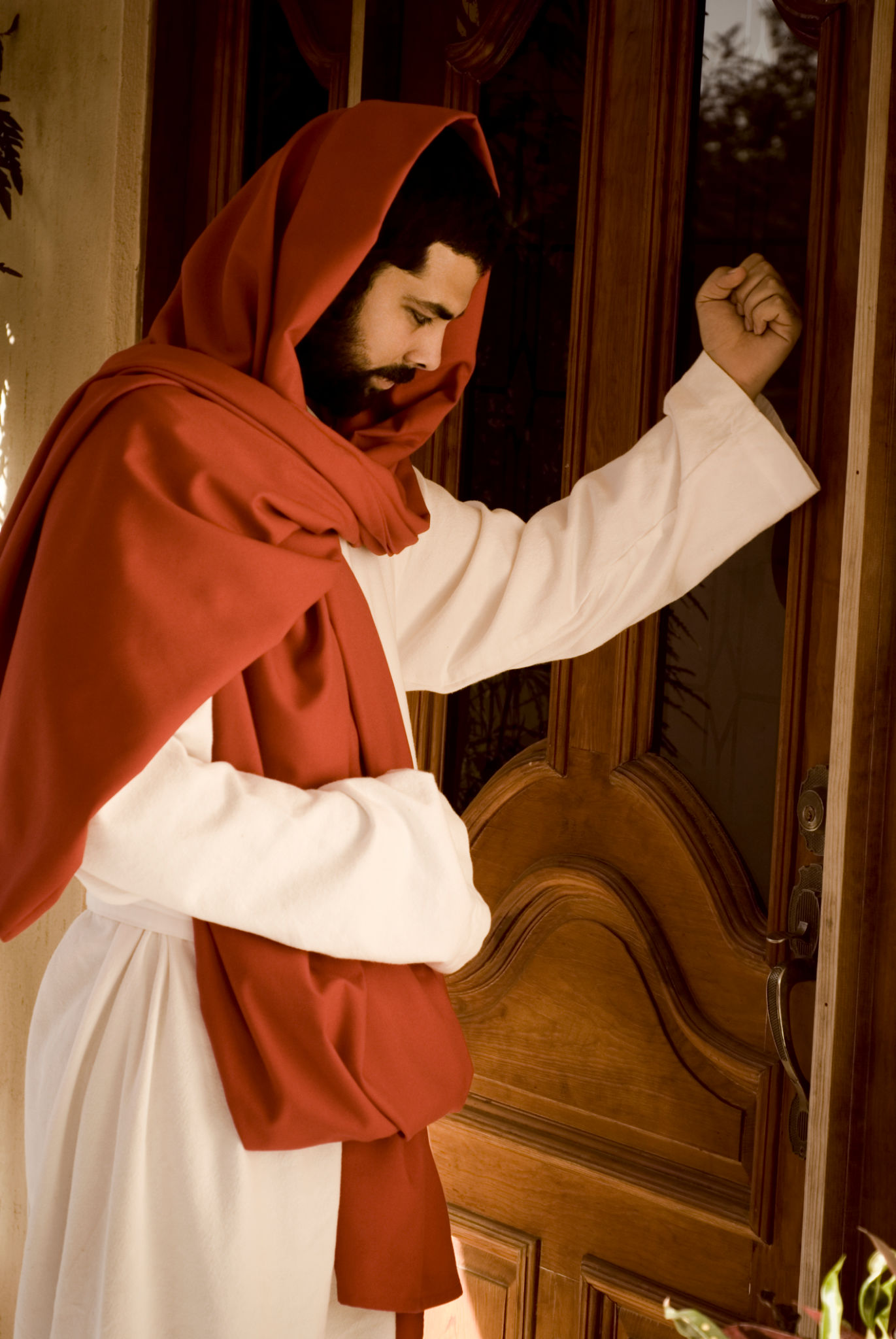Exploring the History and Evolution of Jesus Costumes
The Origins of Jesus Costumes
The tradition of donning Jesus costumes dates back centuries, intertwining religious observance with cultural expression. Historically, these costumes were primarily used in religious performances and passion plays, which depicted the life, death, and resurrection of Jesus Christ. These early representations aimed to educate and inspire devotion among the faithful, bringing biblical stories to life.
In medieval Europe, passion plays gained popularity, and with them, the demand for costumes that accurately represented biblical figures increased. Artisans and craftsmen often created these costumes with great attention to detail, using materials such as wool and linen to ensure authenticity.

The Evolution Through the Ages
As time progressed, the design and purpose of Jesus costumes evolved. During the Renaissance period, there was a renewed interest in classical art and imagery, influencing the way Jesus was depicted in both art and costume. This era saw Jesus costumes become more elaborate, incorporating rich fabrics and intricate embroidery.
By the 19th century, with the advent of more theatrical productions and the rise of public performances, Jesus costumes became more accessible to the general public. Theatrical companies started to produce these costumes on a larger scale, allowing for greater detail and realism.
Modern Interpretations
Today, Jesus costumes are not only reserved for religious plays but have found a place in various cultural celebrations, including Easter parades and even Halloween. Modern interpretations of these costumes range from traditional depictions to contemporary takes that reflect current fashion trends.

Materials and Design
The materials used in Jesus costumes have also changed over time. While earlier versions used natural fibers like wool and linen, today's costumes often incorporate synthetic materials such as polyester and rayon for affordability and accessibility. Despite these changes, many costume designers strive to maintain historical accuracy by incorporating elements from traditional styles.
Designs often include long robes, sashes, and detailed headpieces. Some costumes aim for simplicity to reflect humility, while others feature ornate embellishments to convey reverence.

The Role of Jesus Costumes in Education
Beyond their theatrical use, Jesus costumes play a significant role in religious education. They are used in Sunday schools and community events to help children and adults alike visualize biblical stories, making them more engaging and memorable. By wearing these costumes, participants can immerse themselves in the historical context of the teachings.
This educational use emphasizes the importance of maintaining a balance between authenticity and accessibility in costume design, ensuring that audiences of all ages can connect with the narratives.
Conclusion: A Symbolic Tradition
Throughout history, Jesus costumes have served as powerful tools for storytelling and religious expression. As they continue to evolve, they remain a testament to the enduring impact of biblical narratives on culture and society. Whether used in solemn religious ceremonies or festive celebrations, these costumes help keep the stories of faith alive for generations to come.
